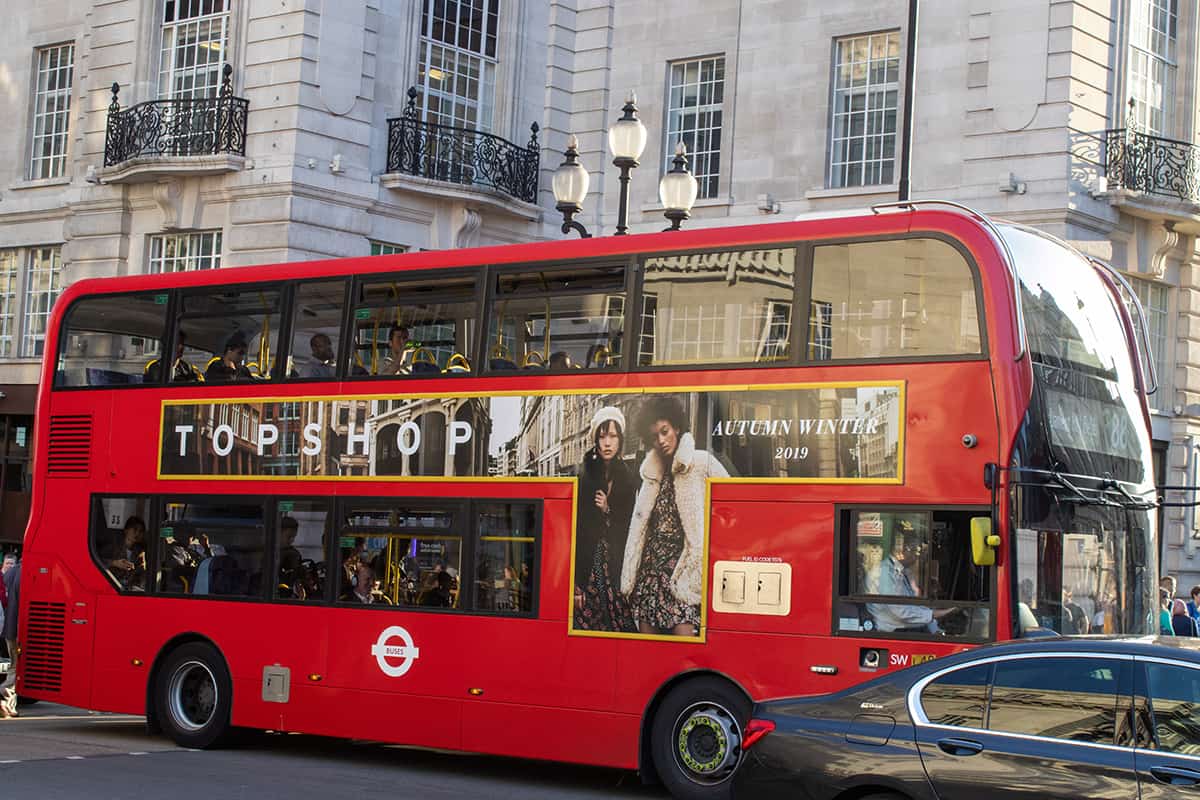With next week’s Prime Day predicted to net the marketplace around £1.2bn of online spend across two days – 92% above normal spending levels – you might be forgiven for thinking that ecommerce is still enjoying a boom time. Of course, many smaller brands and retailers will be seeing a huge uplift in online sales across this mid-summer shopping festival, however, it comes at a time when they are seeing ecommerce generally starting to be more costly than they perhaps bargained for.
Rising inflation, high fuel and energy costs, wage rises and the cost of raw materials – not to mention the rising cost of returns – are all starting to eat into many pureplay’s margins. According to data from Bloomberg, these structural higher costs being seen by ecommerce pureplays is putting them under considerable pressure. Who would have imagined two or three years ago that all those retailers paying large rents on physical retail spaces would suddenly find it was actually financially advantageous? Taxing online retail now seems not quite the bright idea it once was.
The Bloomberg data concentrates on a number of high profile pureplays – Asos and Boohoo in particularly – but the issues it raises are perhaps even more keenly felt by those smaller retailers in the Growth 2000 and Growth 3000 Europe sectors. Shipping and returns costs are one of the biggest outlays pureplay retailers make and, with margins often balanced on a knife edge, the macro-economic forces of inflation and fuel/energy make all the difference.
Even with help from organisations such as The Institute of Export and International Trade granting some £5m to UK micro-SMEs to help them expand internationally things are tough. While moving internationally makes sense for growth – it even makes sense to offset the downturn in the UK market – these shipping and return costs, along with staffing and operations draining the coffers could negate any of the actual aid money giving to these firms.
Perhaps the answer lies in organic growth: turning to good old-fashioned methods of driving consumers to your site rather than your competitors (and Amazon?)? Sportsshoes.com has certainly seen a combination of new lines from key brands combining with one of its sponsored athletes breaking records to grow sales 20% in Q1, adding 140,000 new subscribers in short order. Emulating this is certainly one way to offset those rising costs.
And looking at non-digital advertising could also set your brand apart from the rest. Pureplays do tend to focus on the digital world to the exclusion of the corporeal one – possibly now to their detriment. Instead, maybe they should be looking at advertising to captive audiences in less-likely places, such as on buses. Research shows that bus ads – inside and outside the vehicle – get seen by a surprisingly large audience; an audience that is sat doing nothing much but with their phone in their hand. Could it be that combining this kind of ‘old skool’ marketing, with modern mobile habits could be how best to grow online audiences and hence revenues in these testing times?









